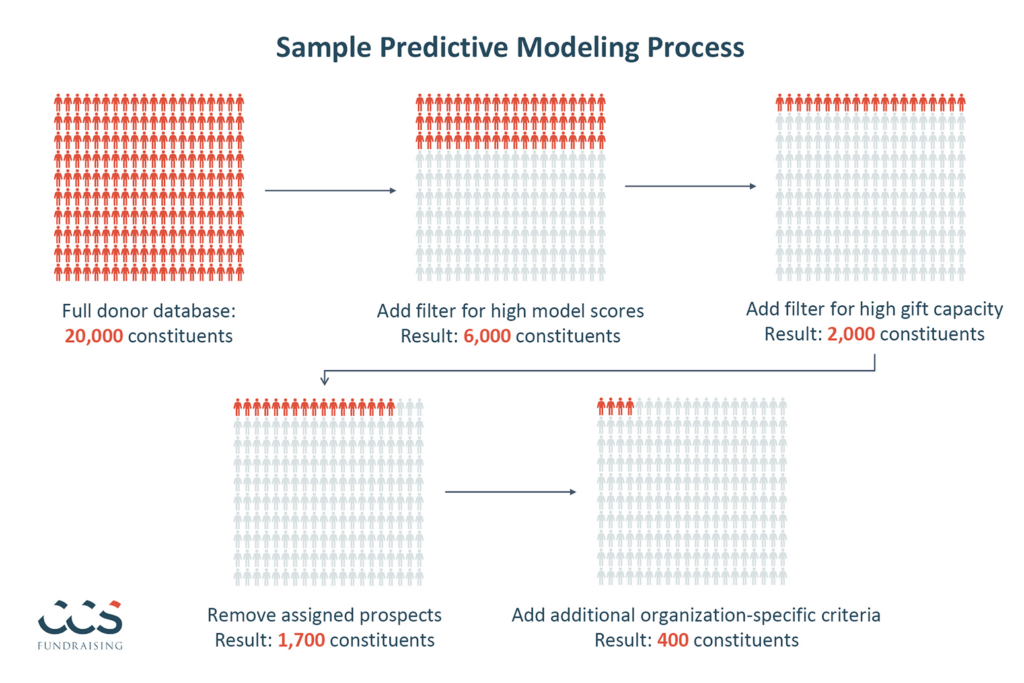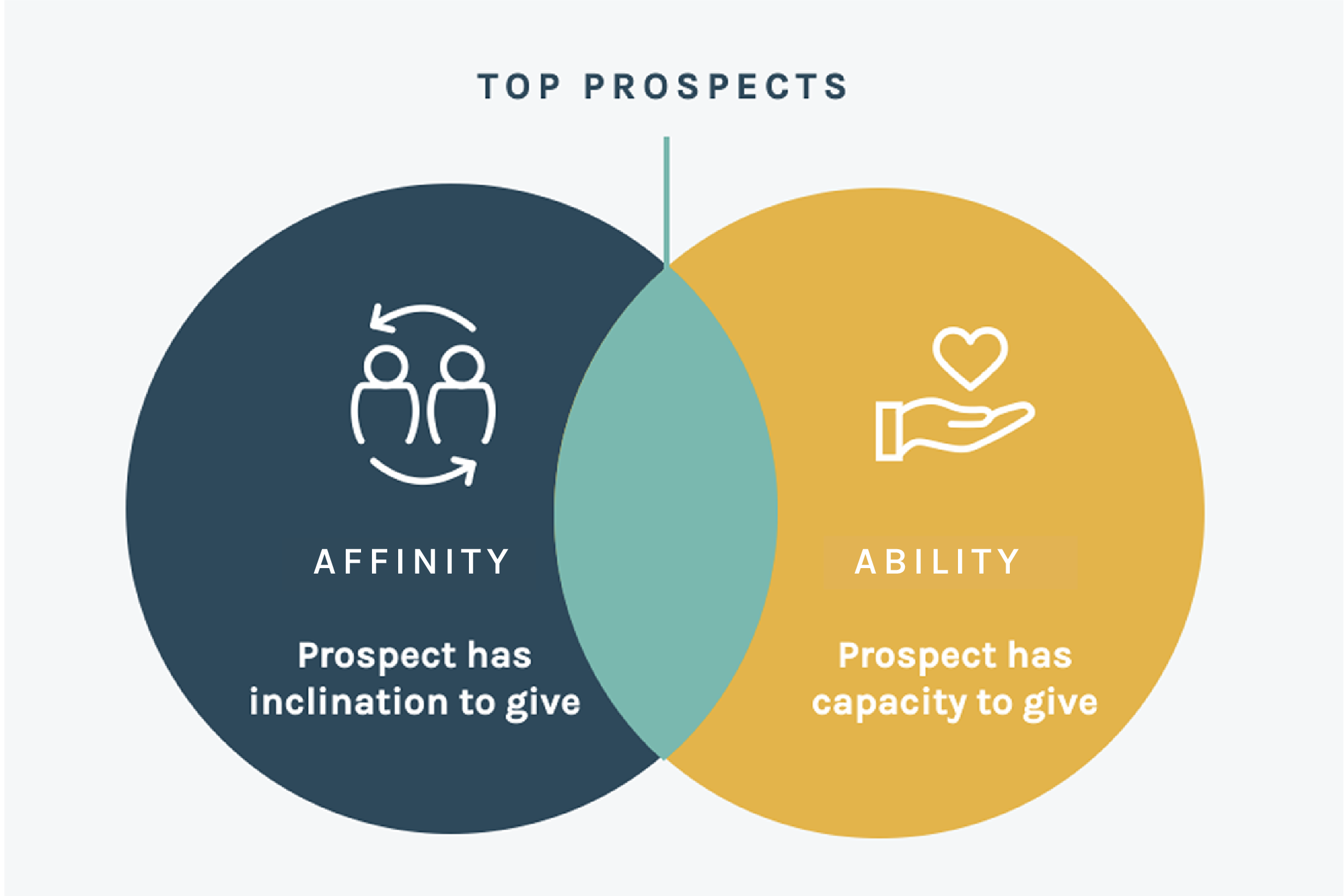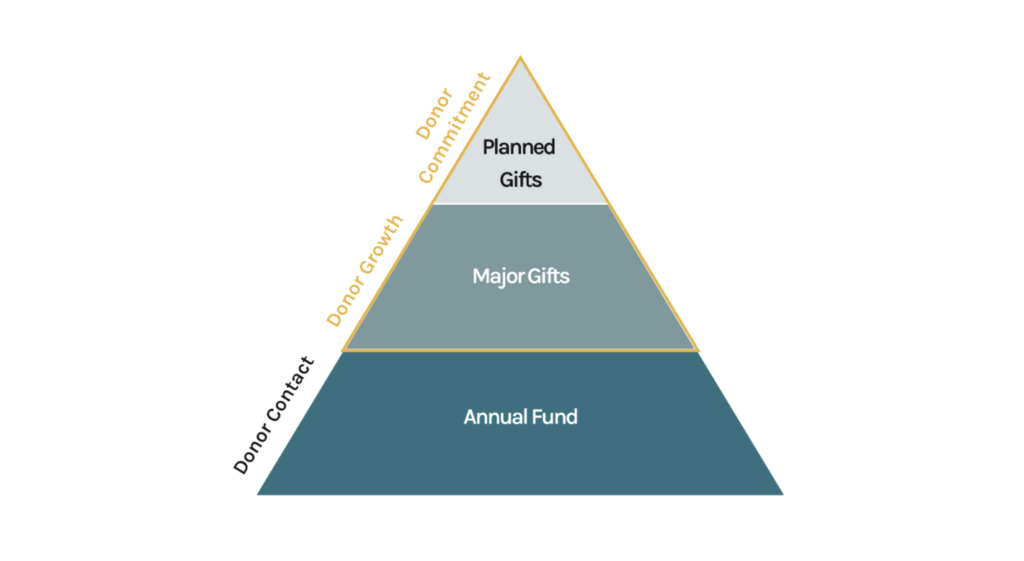Many parishes opt for a campaign when considering capital projects or debt reduction, but often become intimidated by the tremendous needs and the equally tremendous goals associated with such an endeavor. CCS Fundraising always recommends doing a thorough analysis to assess the feasibility of a capital campaign before deciding whether to move forward in that direction. If your conclusion is that your parish is not ready for a large or extensive campaign, it would be wise to consider an alternative approach: conducting a campaign to increase weekly collections.
Like most charities, operational funding in churches often comes from annual giving. To keep up with inflation and growing expenses, such as maintenance, compensation, and benefits, it is vital that churches also grow donor giving over time. An increased offertory campaign can help begin that process.
Increased Offertory Programs Are an Easy alternative to large Fundraising campaigns
Many religious denominations have used pledging and annual stewardship drives for years and, as a result, encourage their members to grow their giving regularly. But what about those churches (especially Catholic parishes) that haven’t developed such programs?
CCS’s experience shows that Catholic churches (and even entire archdioceses and dioceses) are more often turning to increased offertory programs to overcome financial challenges and fulfill unmet needs. These programs can be easy to implement and can help you accomplish the following:
- Educate parishioners on the need to be responsible stewards of the gift that is their church
- Commence discussions regarding the importance of increasing giving annually to keep up with growing expenses
- Get more parishioners involved as volunteers
- Start a pattern of written commitments that can aid in real-time budgeting
- Address real financial needs in a fair approach that doesn’t negatively impact a parish’s ability to run a campaign at a later date
Increased Offertory programs Have a High Return on Investment
These programs are indeed easier to run than a traditional capital campaign, and can often be completed in a period of seven weeks. They have also proven to be very effective. Through our work in this sector around the world, CCS has found our tailored increased offertory programs to elevate parish giving as much as 25% with sustained levels of increased giving during the years that follow our engagement. When combined with broad implementation of electronic giving by parishioners, these increases can be “locked in” and generate a steady stream of additional revenue for the parish.
For over a decade, CCS has helped parishes in the US and UK conduct over 170 increased offertory programs. These programs engaged 1,040 volunteers, and saw more than 9,740 commitment forms returned. Parishes gained an average 21% increase in giving, ending with a projected $8,676,111 (in current US dollars) increase in annual offertory. Some parishes even experienced an increase that approaches capital campaign results when calculated over five years.
Just as important as the results, however, is the cost. Most of these increased offertory campaigns saw a complete return on their investment after just five weeks of increased collections.
volunteer leadership and clear objectives are key
Volunteers are the key to generating the highest response and keeping the costs. A well-run program will take advantage of every communication channel a parish has to offer: the bulletin, the pulpit, mail, email, social media, and the personal contacts made by parishioners. These contacts need not be solicitations, but rather a personal reminder to respond and a testimonial about why the parish is so important to them. These personal contacts help reduce the number of mailings needed in the program and have been proven to generate higher rates of commitment.
When planning an increased offertory program, it is important to have a very clear sense of what you hope to achieve. In addition to increased financial support, an increased offertory program should focus on achieving the following objectives for the parish:
- Identifying parish strengths, weaknesses, opportunities, and threats
- Increasing the clergy and laity’s understanding of the principles of stewards
- Developing ongoing educational and faith formation opportunities
- Obtaining parishioner commitments of time, talent, and treasure
- Increasing parishioners’ active involvement in parish and diocesan life
- Growing Mass attendance
- Upsurging registration
- Increasing giving
- Developing and implementing a plan for ongoing commitment to the principles of stewardship
Increased offertory programs support a culture of giving
In the end, however, the ultimate objective of an increased offertory program is changing the pattern of giving. At the conclusion of each program, CCS offers parish leaders training on conducting annual renewals of these commitments. Permanent change in parishioner giving behavior is only possible through regular attention and communication. It takes some work, but as any “stewardship parish” will attest, the process becomes automatic and expected by parishioners after a few years.
As an additional benefit, conducting an increased offertory program will not impact your parish’s ability to conduct a capital campaign in the near future – in fact, the process may help get you closer to campaign readiness.
So, when a campaign seems out of reach, or maybe you just need another year before starting one, consider an increased offertory program.
More Insights
Perspectives on Philanthropy | Giving USA 2025
Explore this on-demand video presented by CCS Fundraising in partnership with the Indiana University Lilly Family School of Philanthropy, which reveals and discusses the key findings from Giving USA 2025: The Annual Report on Philanthropy.
Nonprofit Communications Strategy: A Generational Guide
Leverage the latest research on donor communication preferences to support your personalized nonprofit communications strategy.



